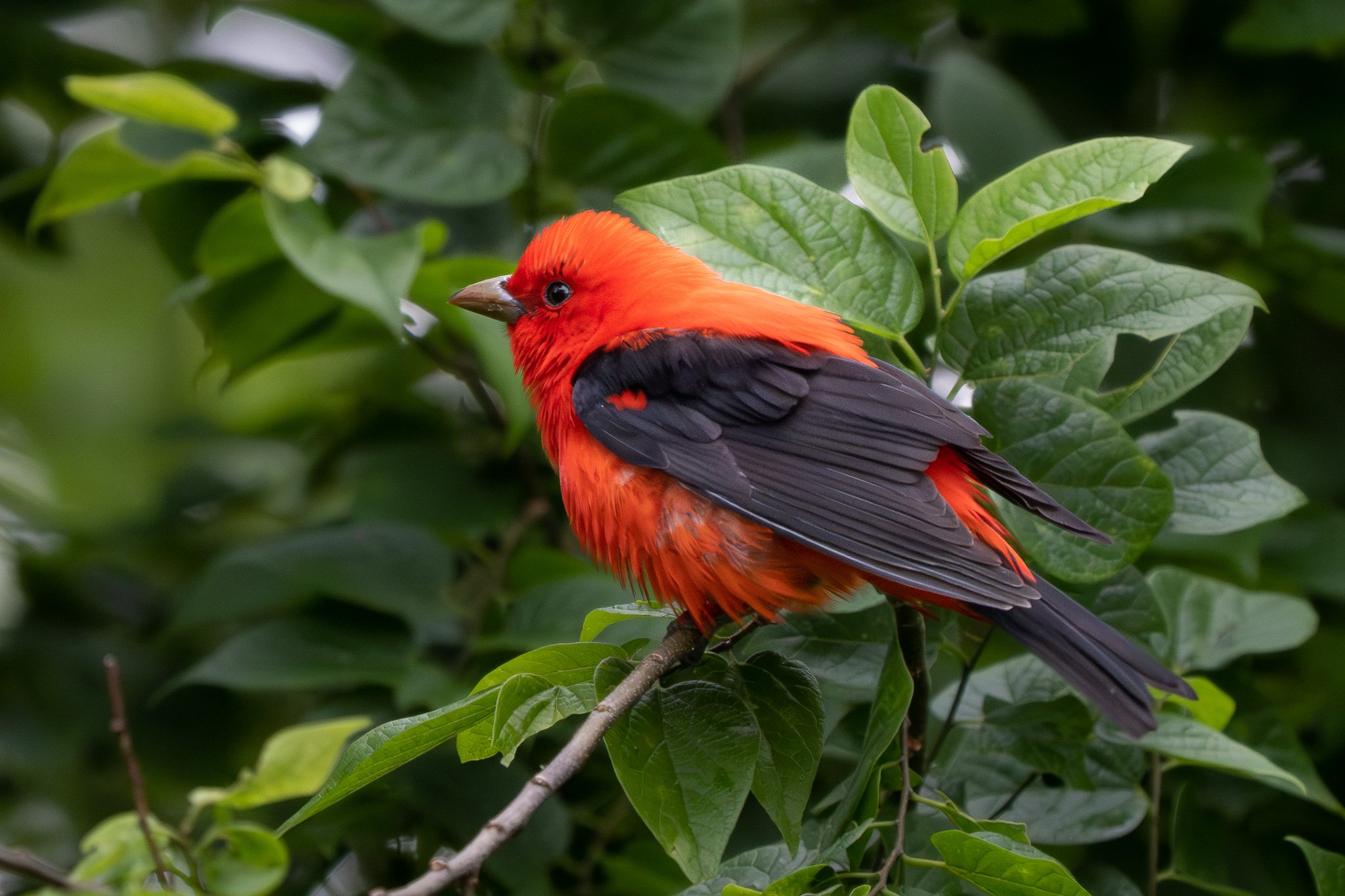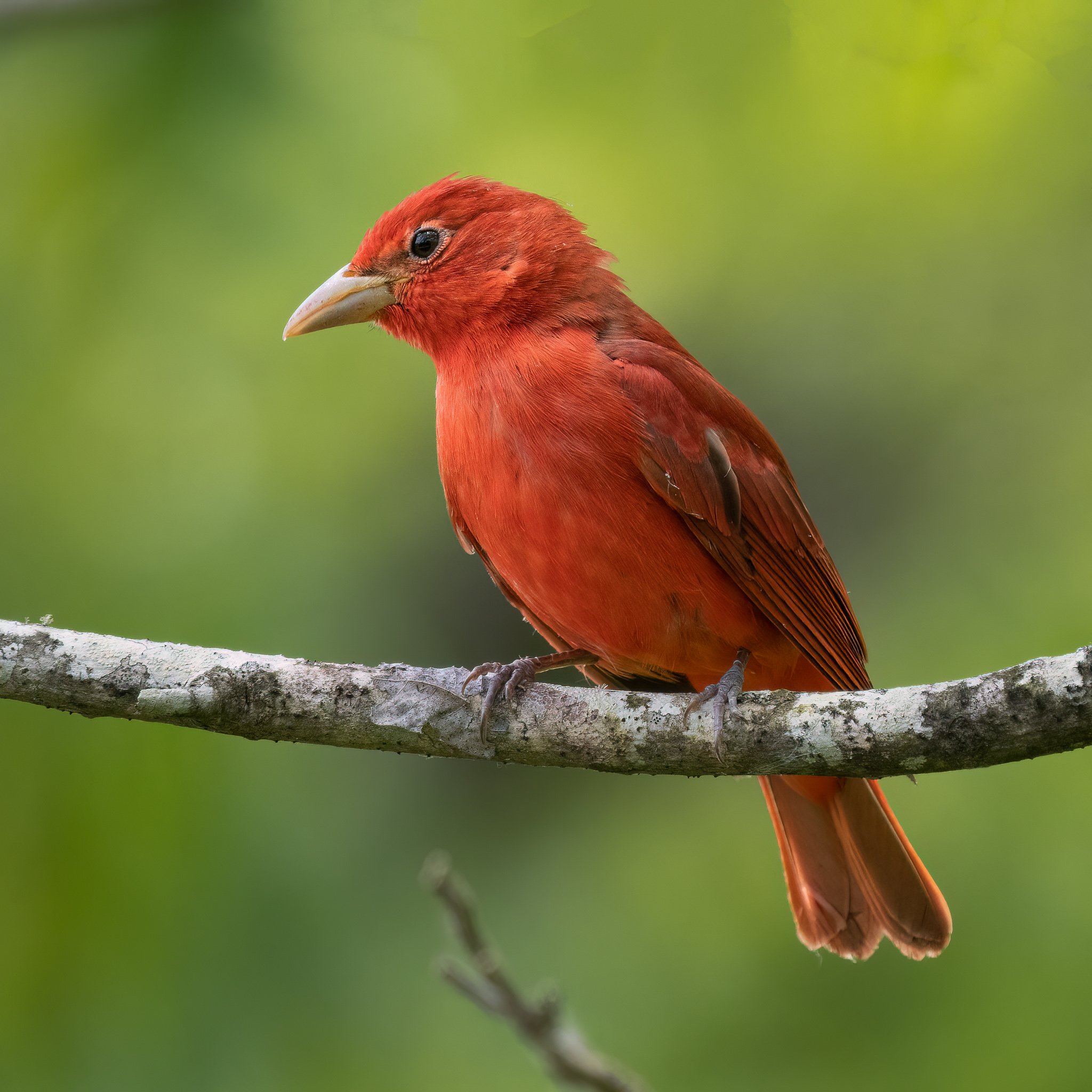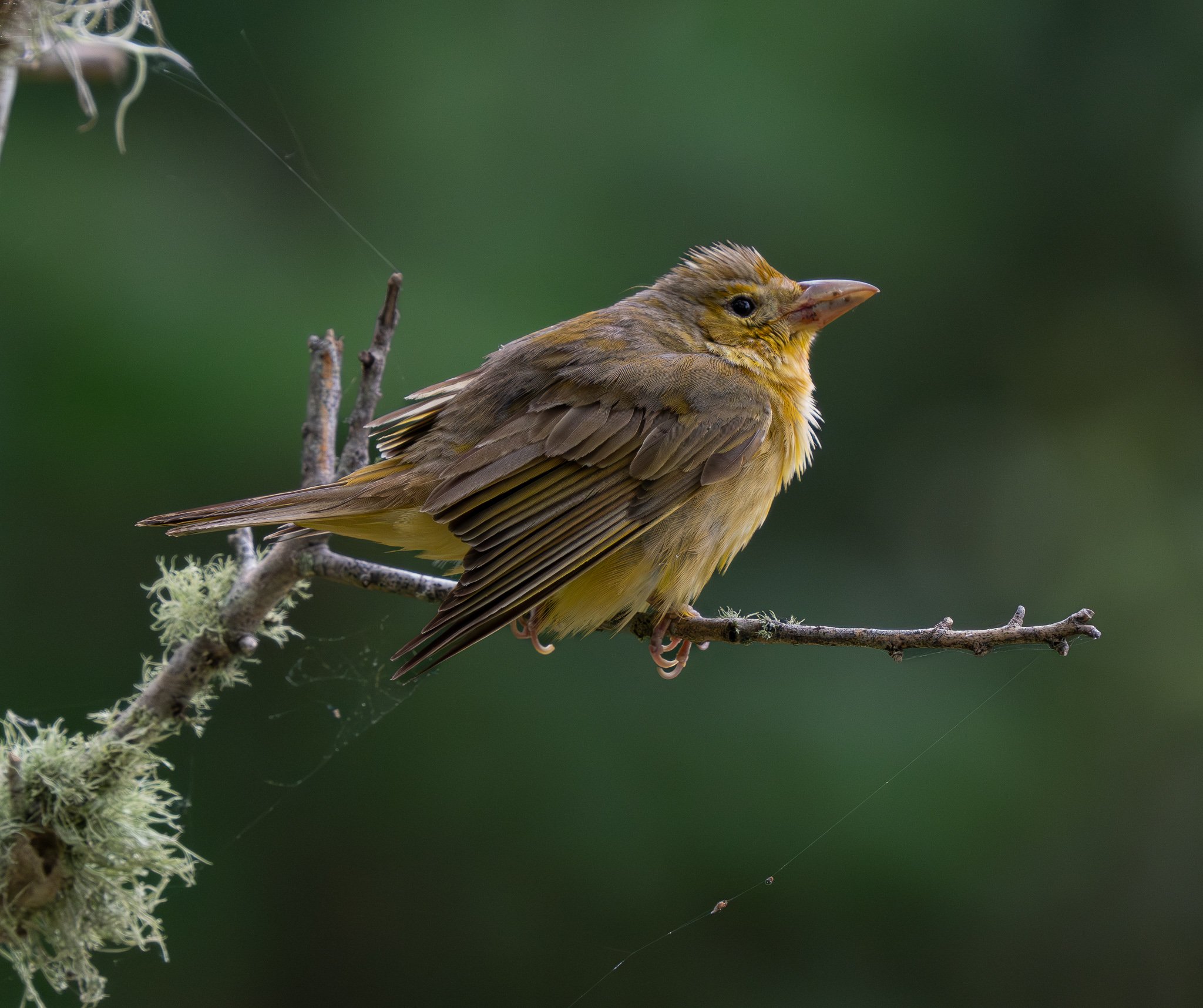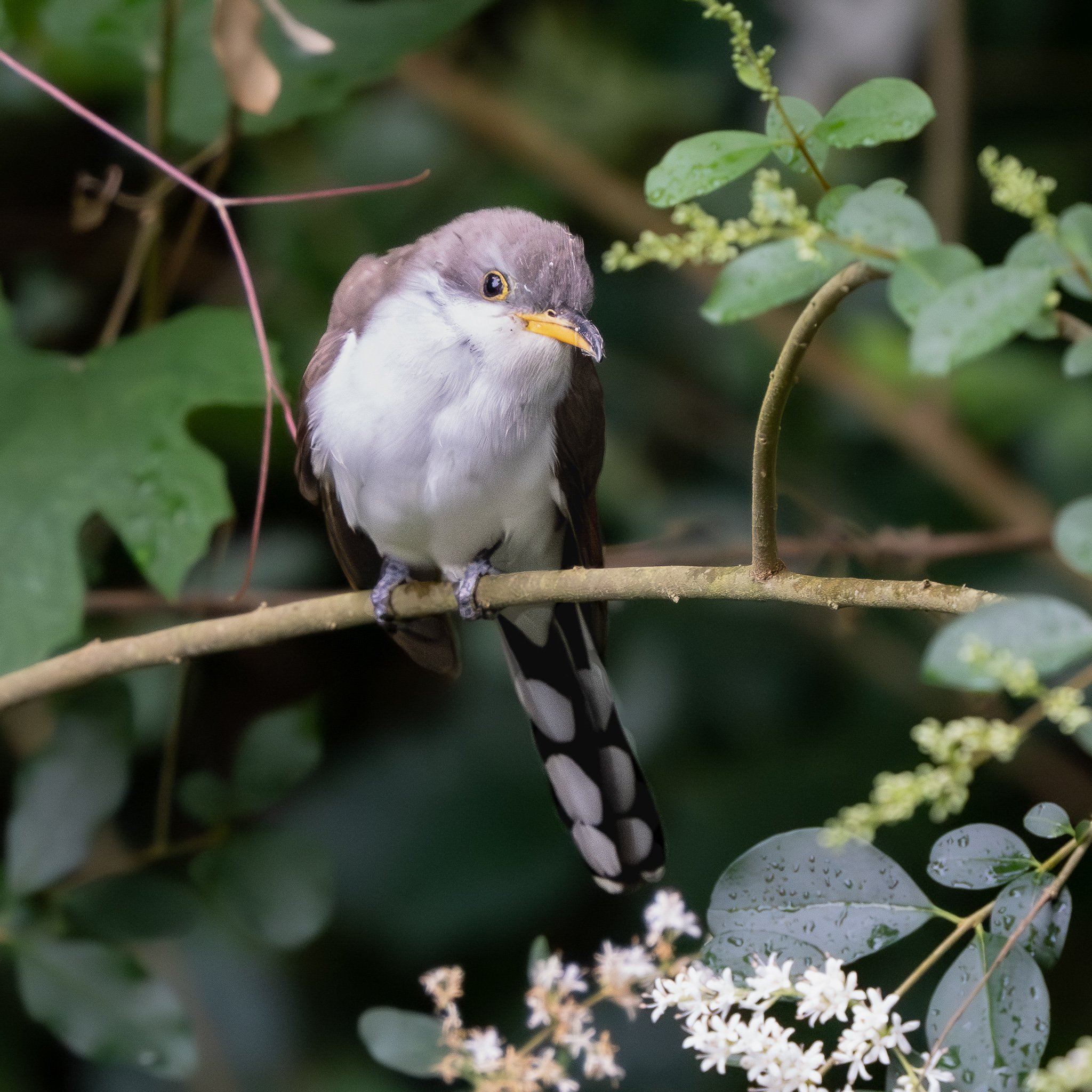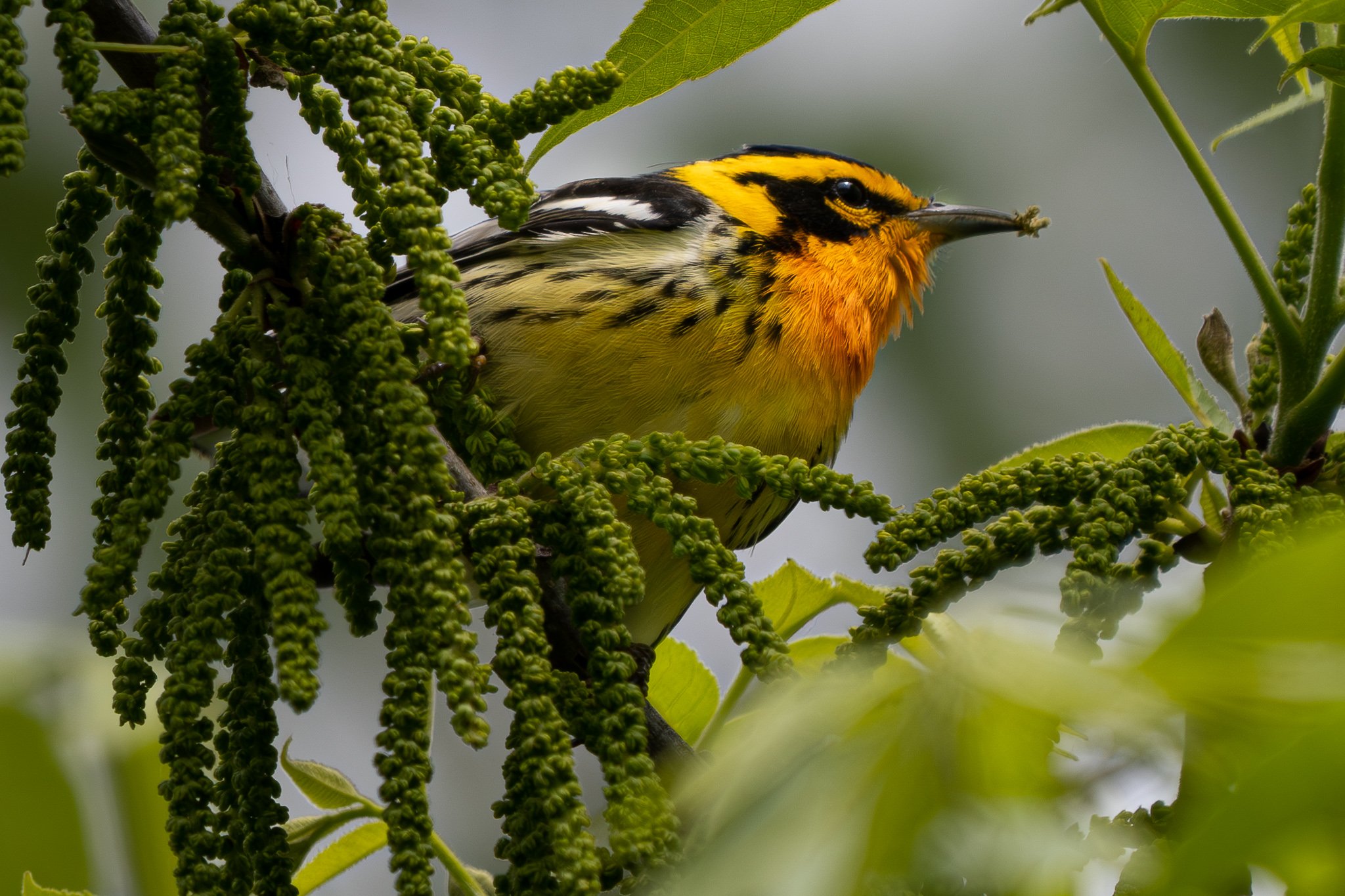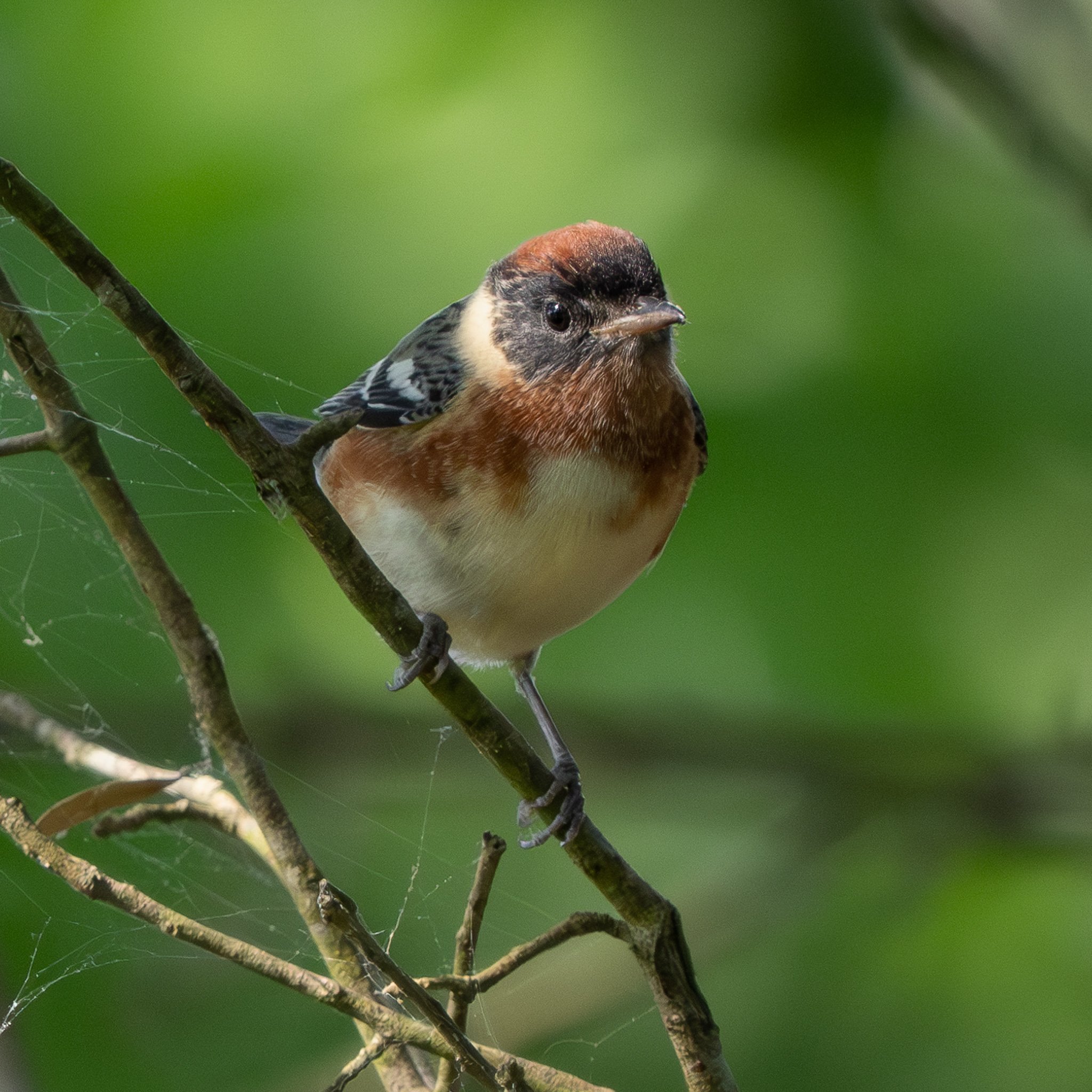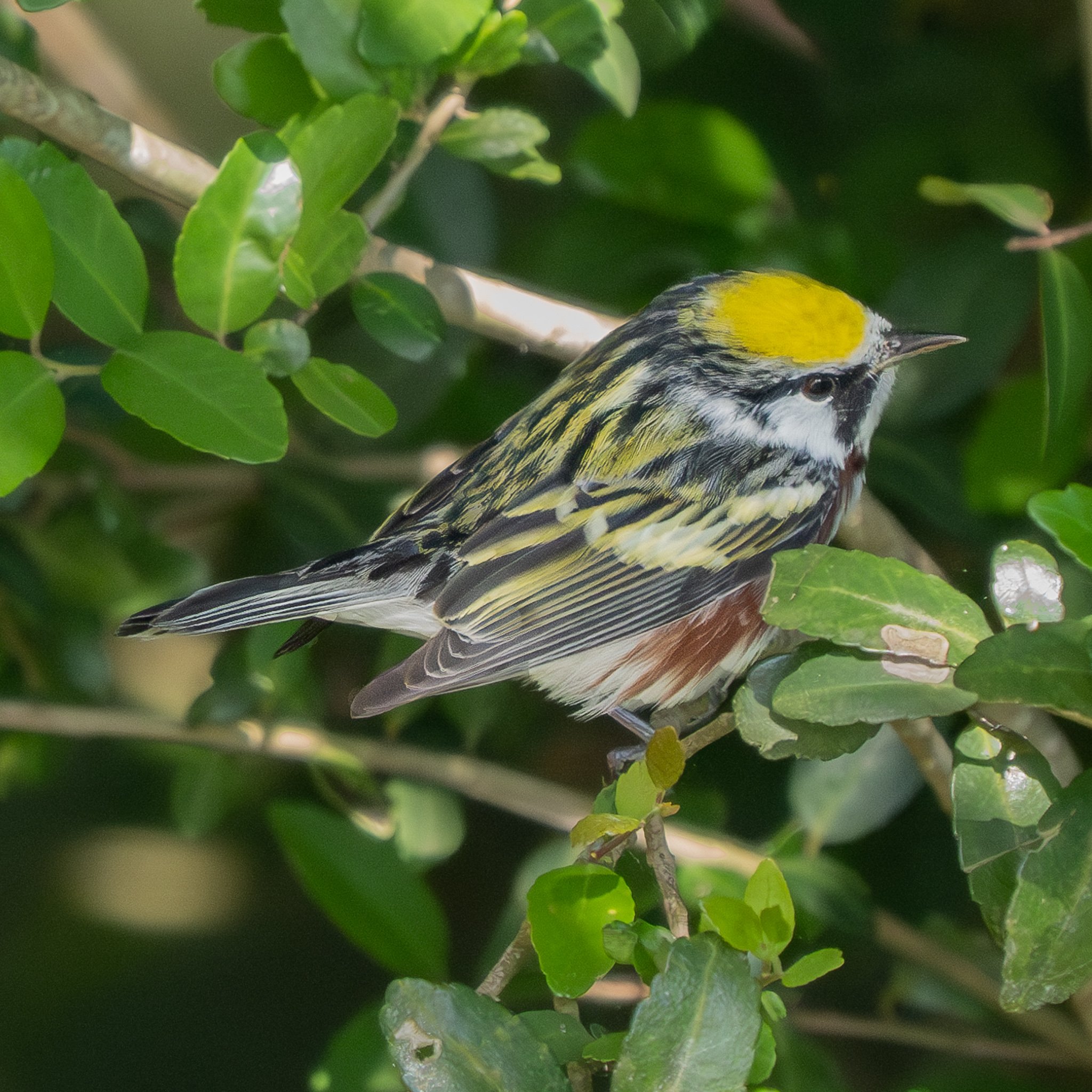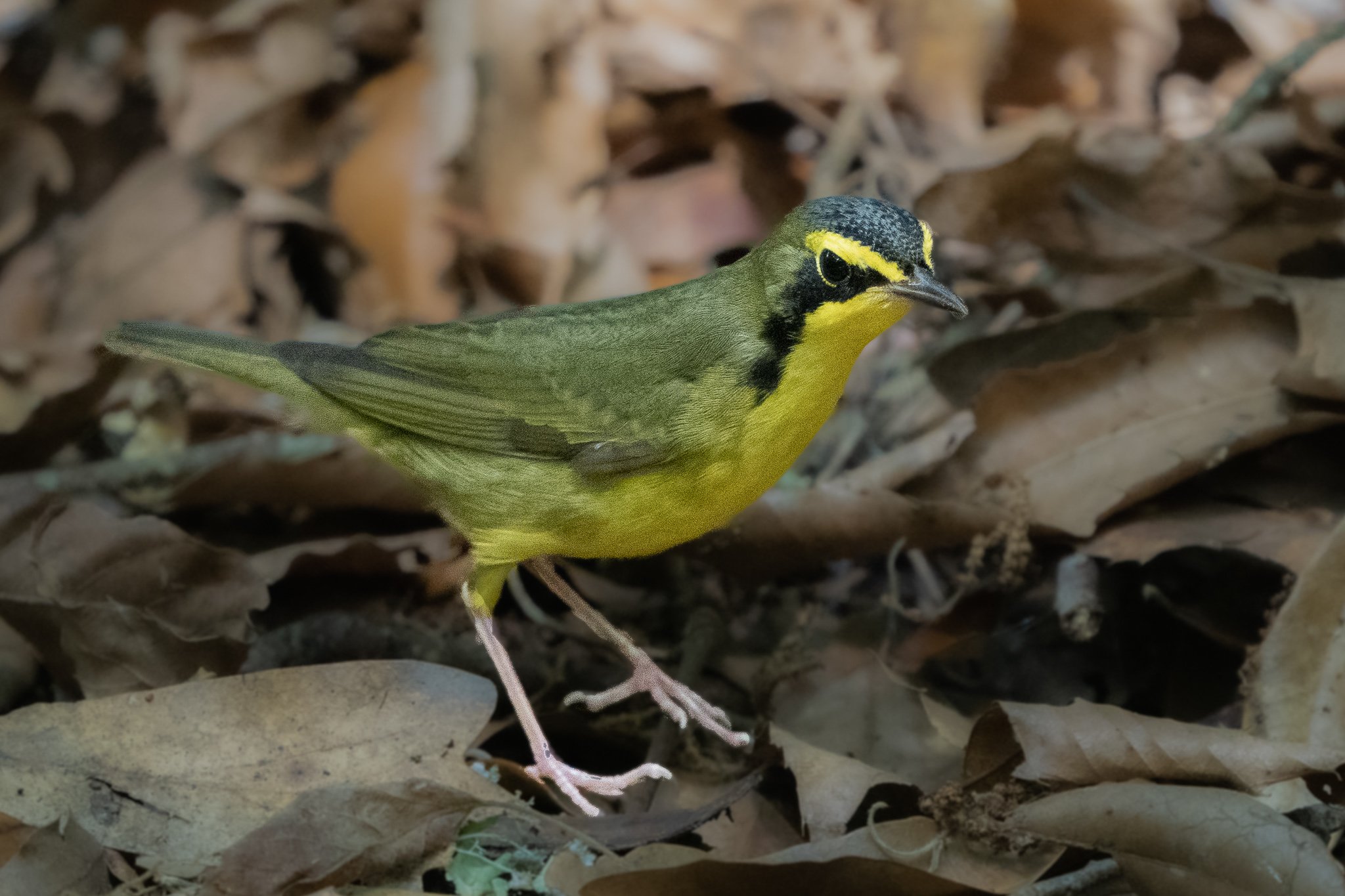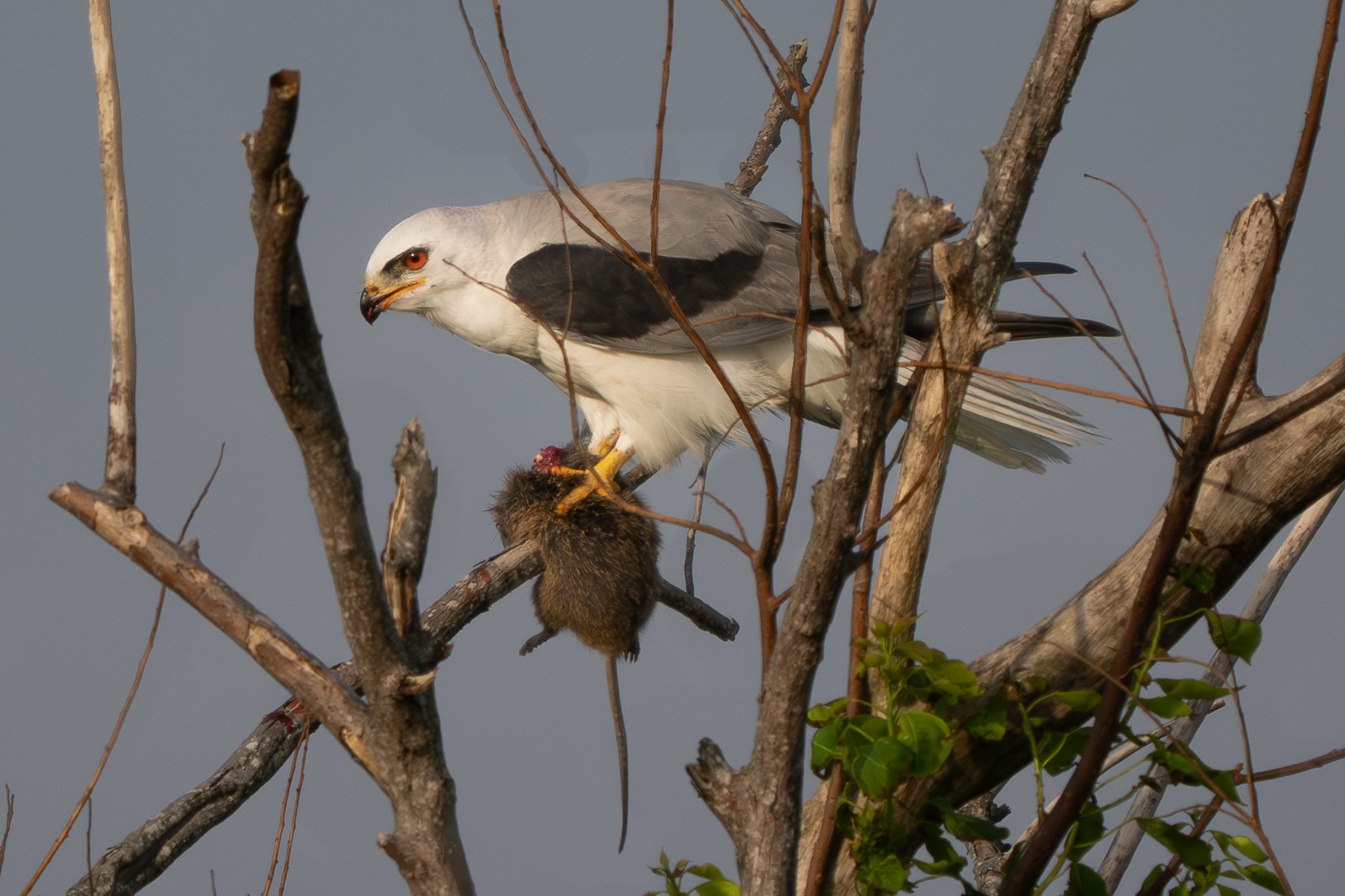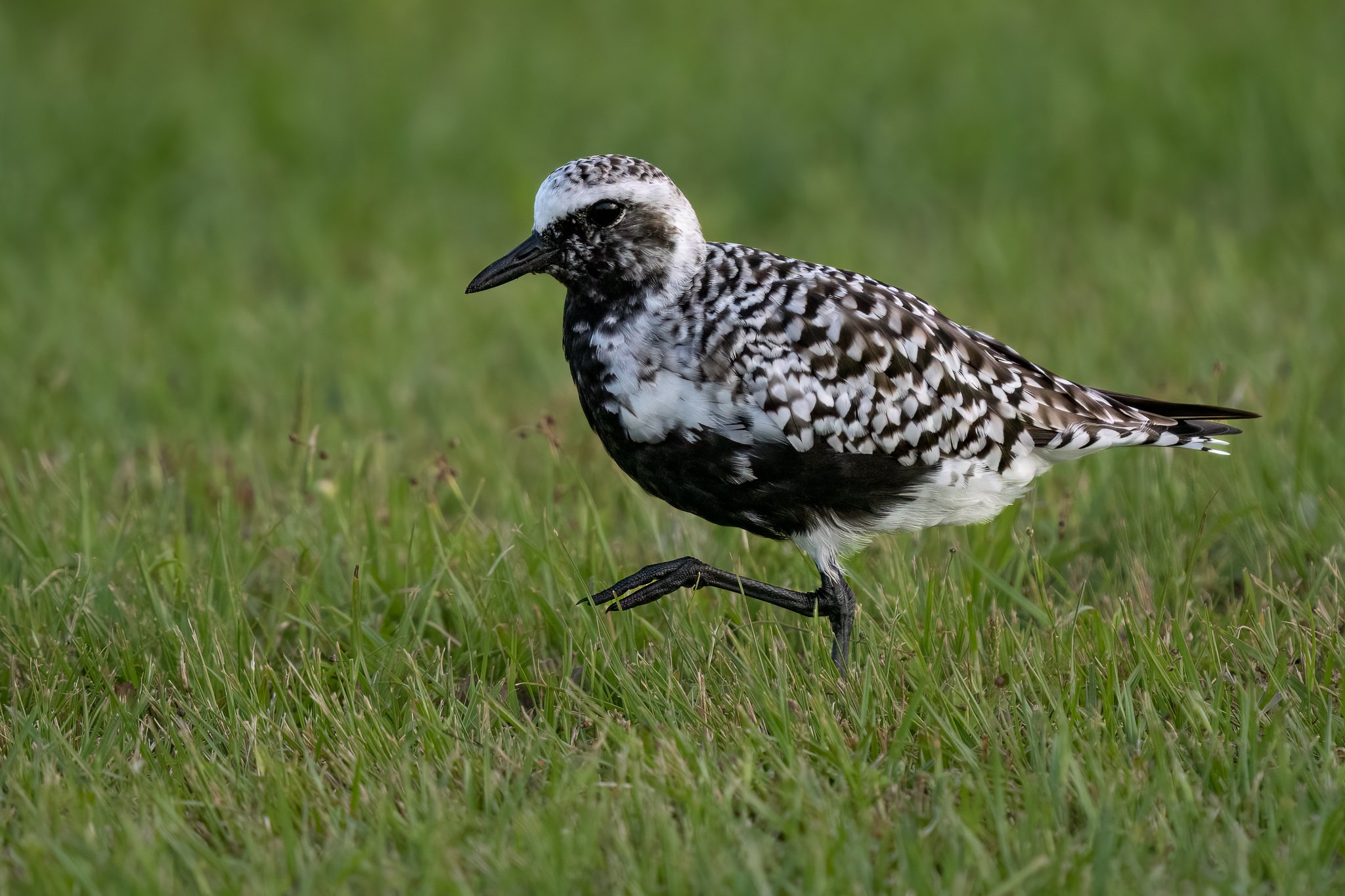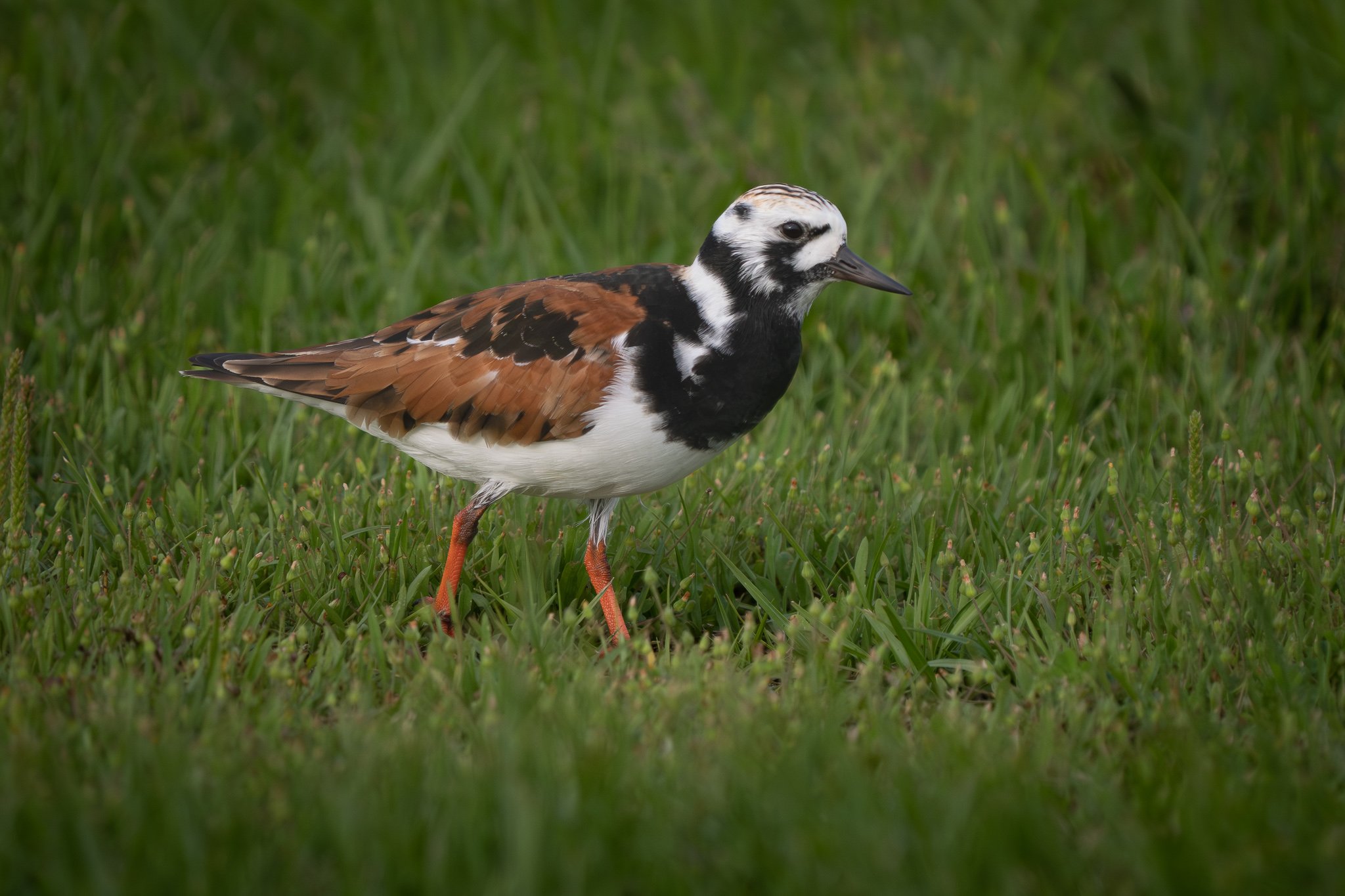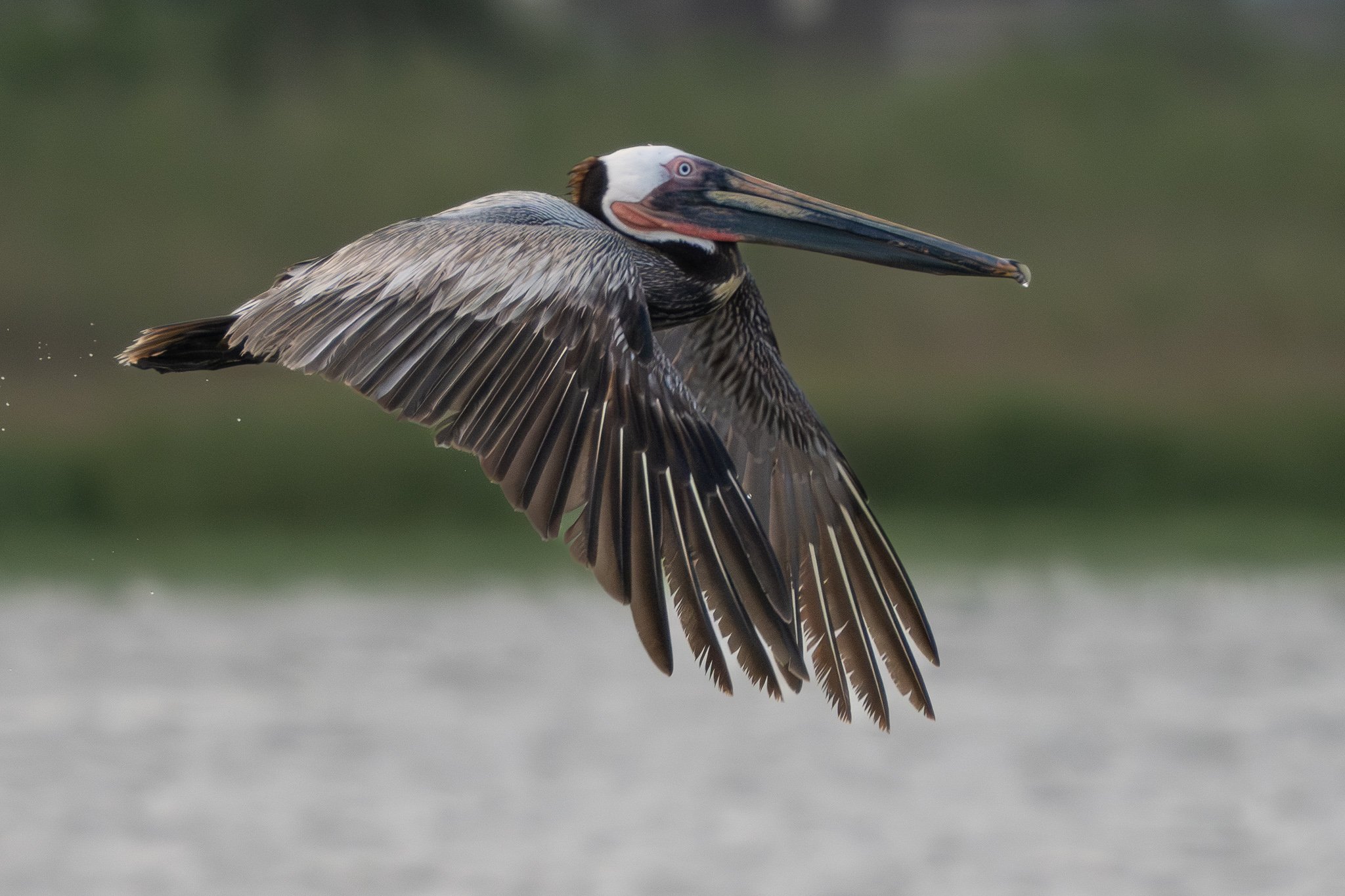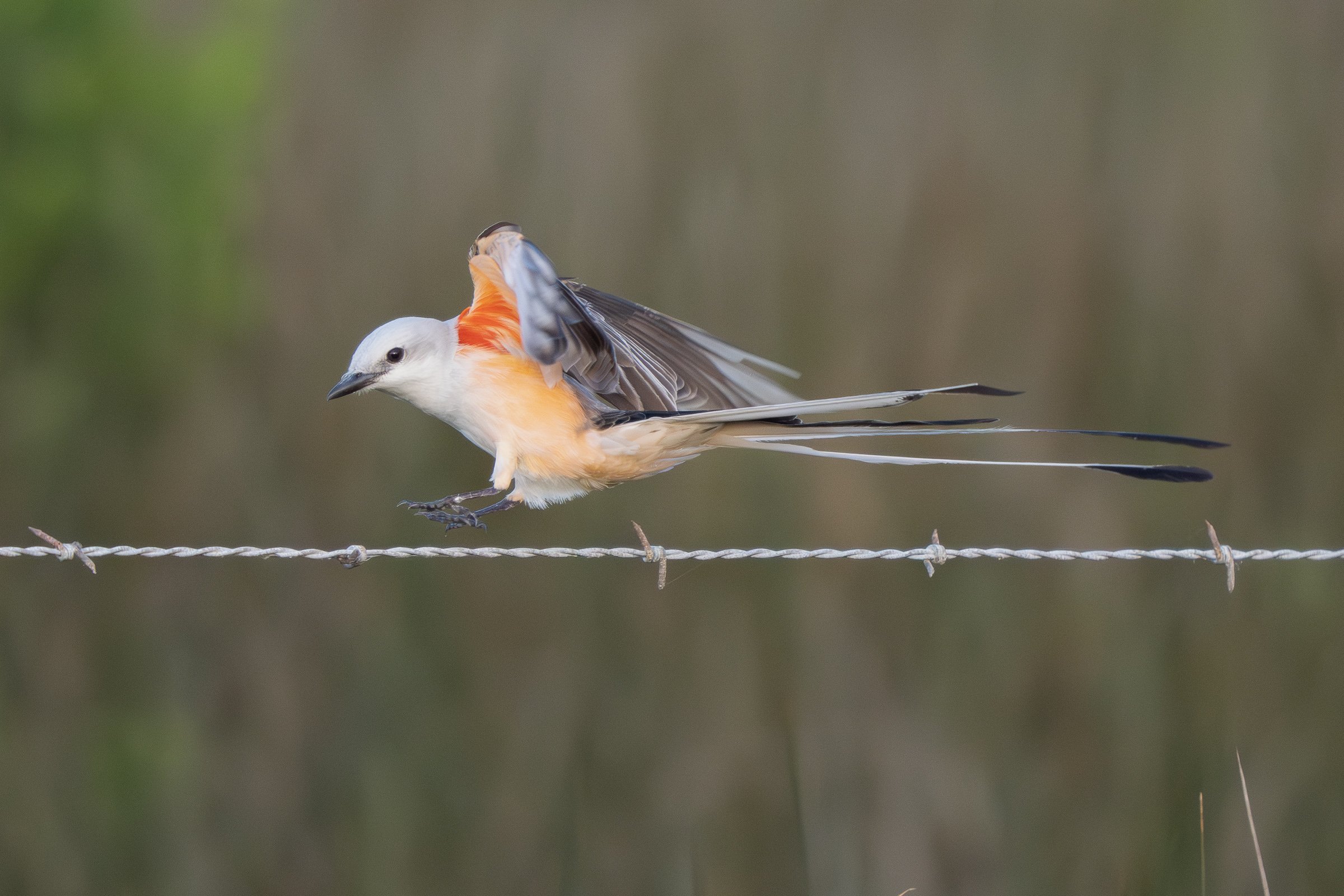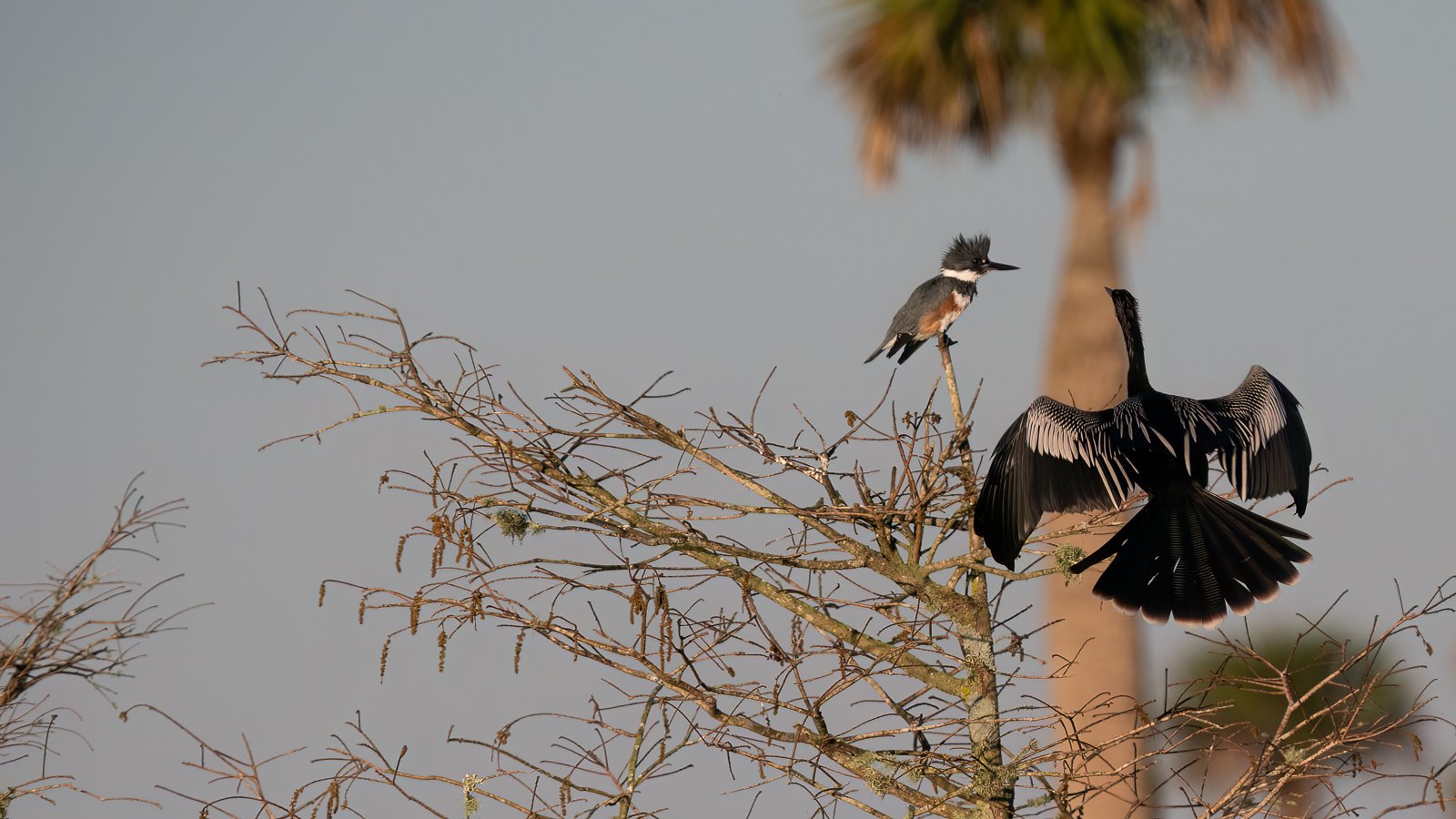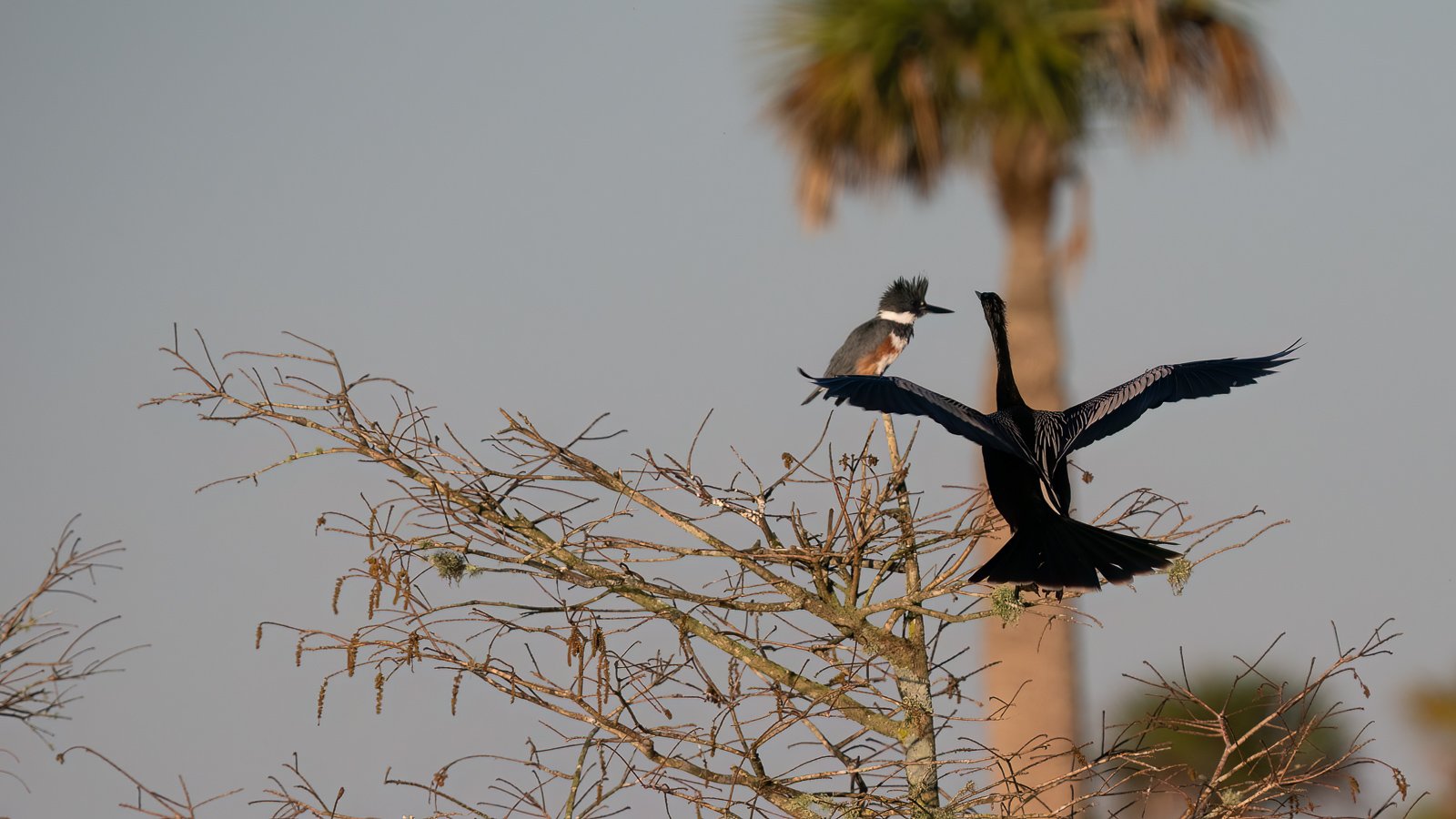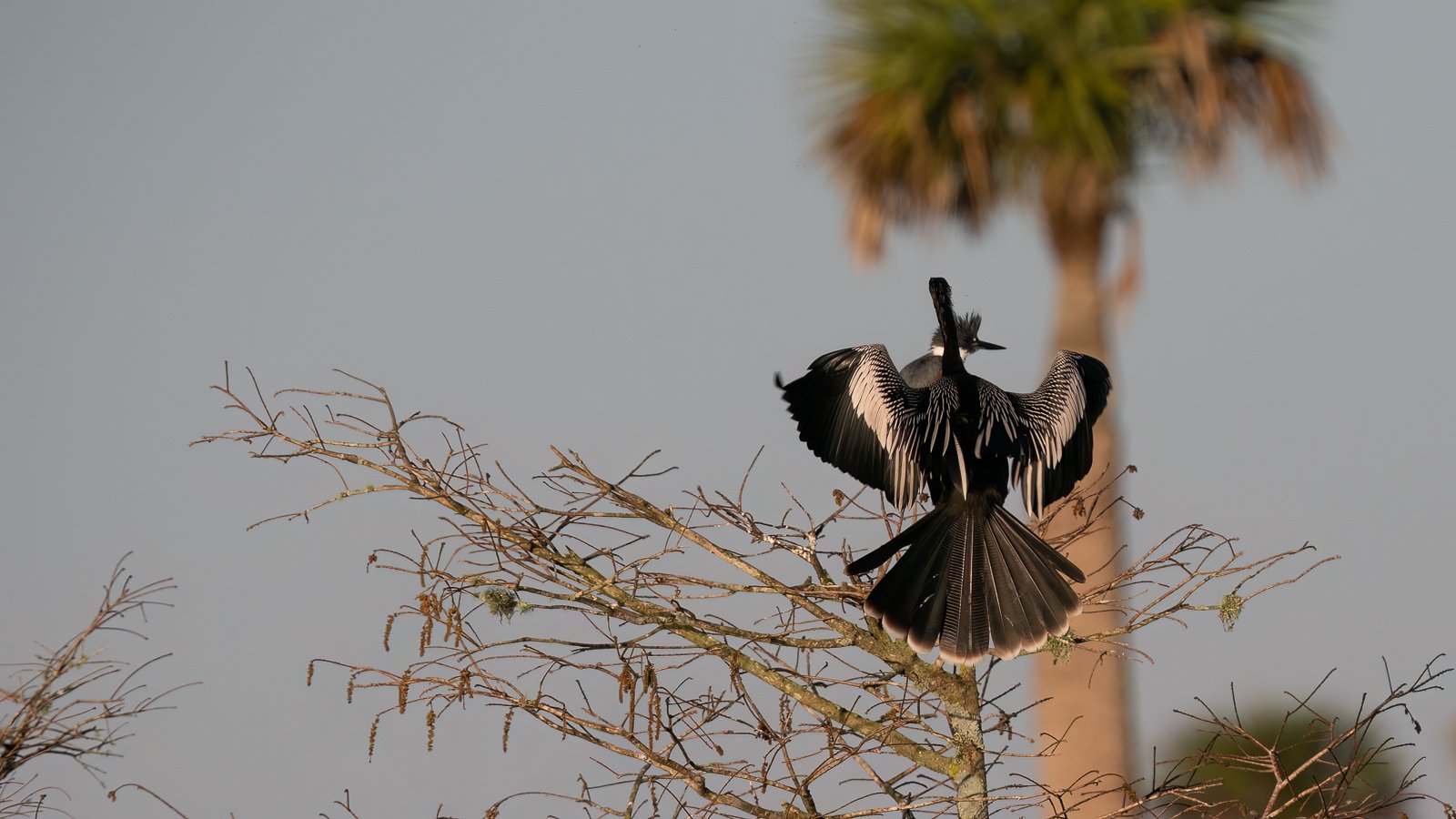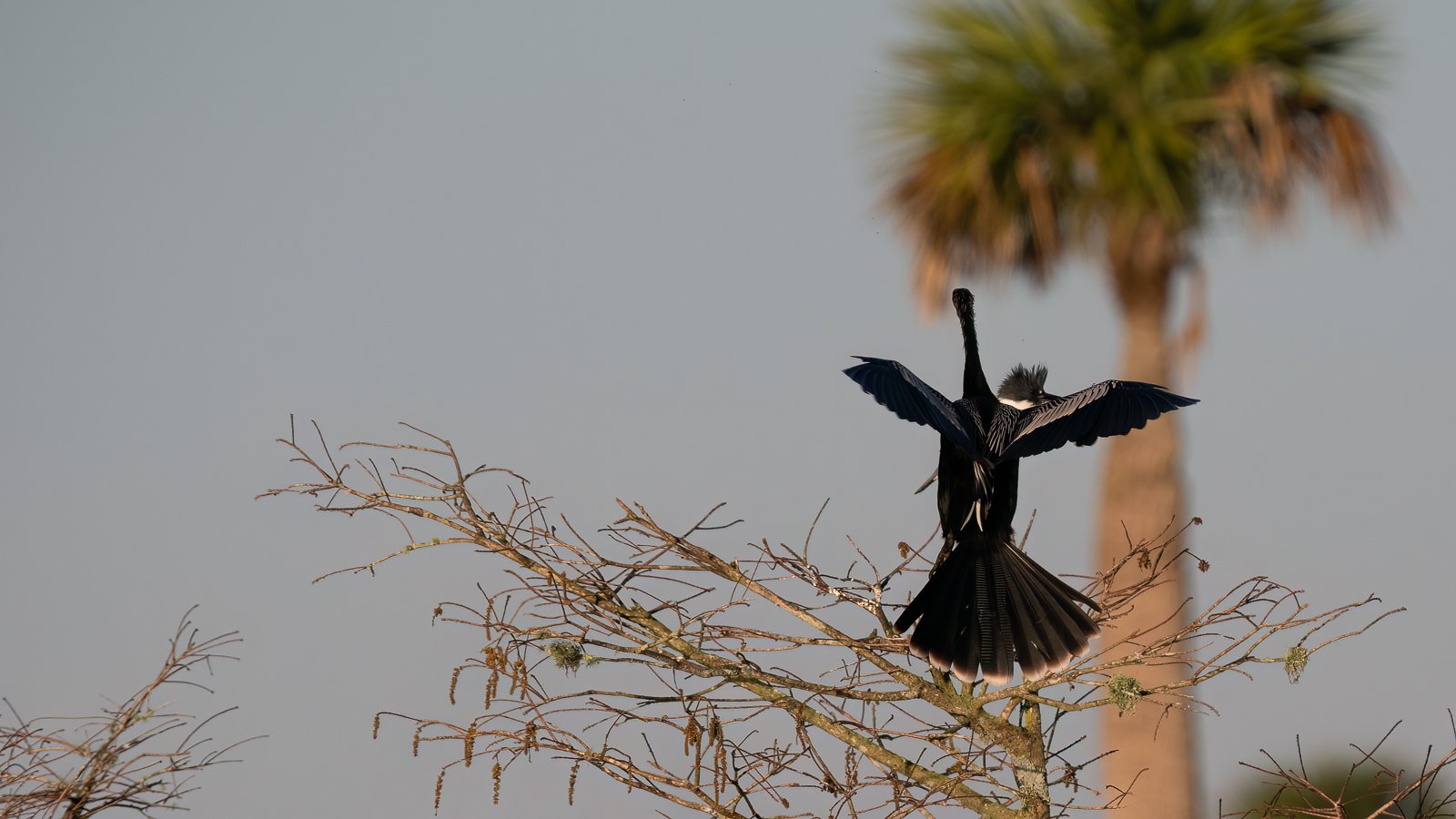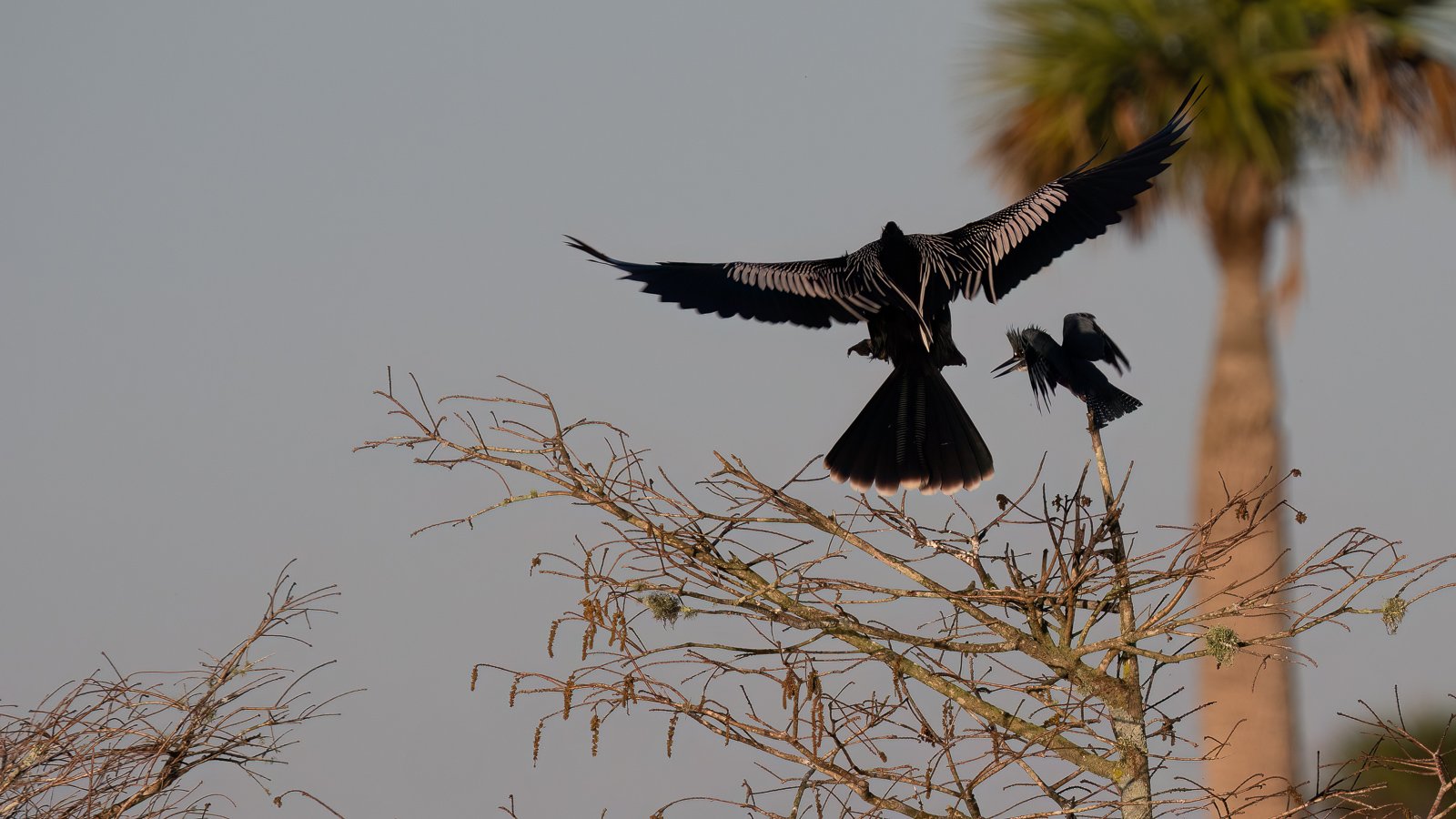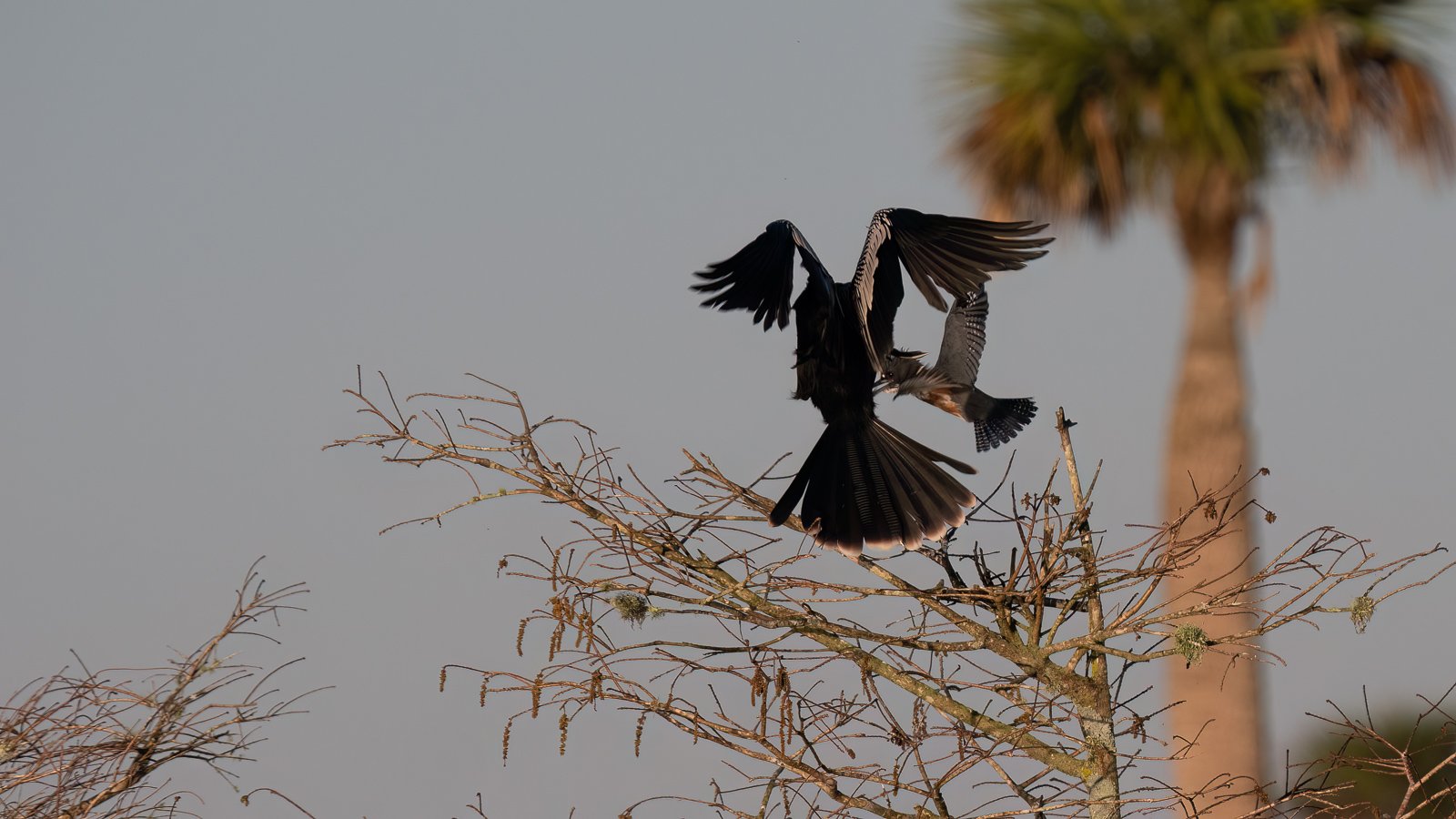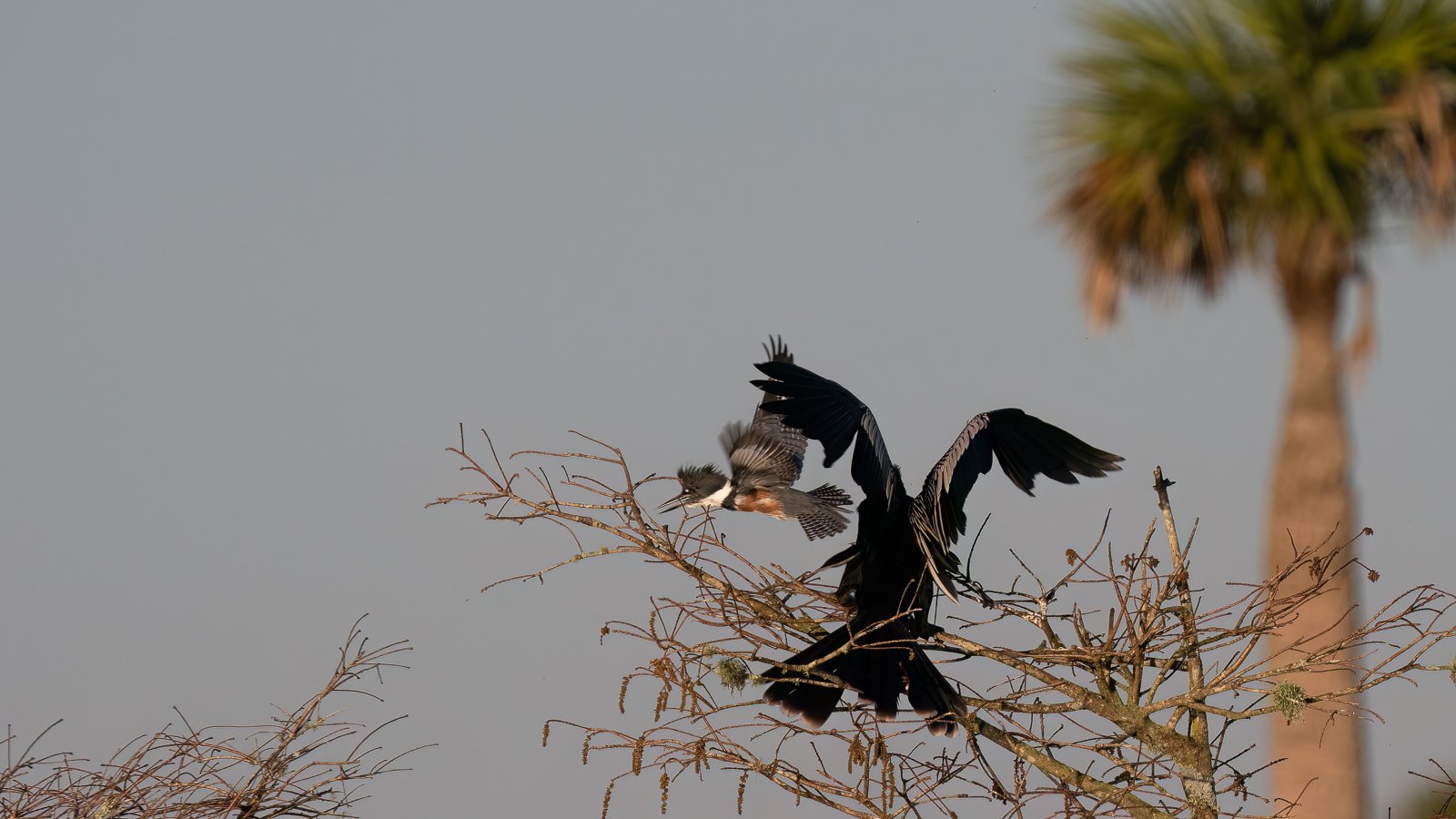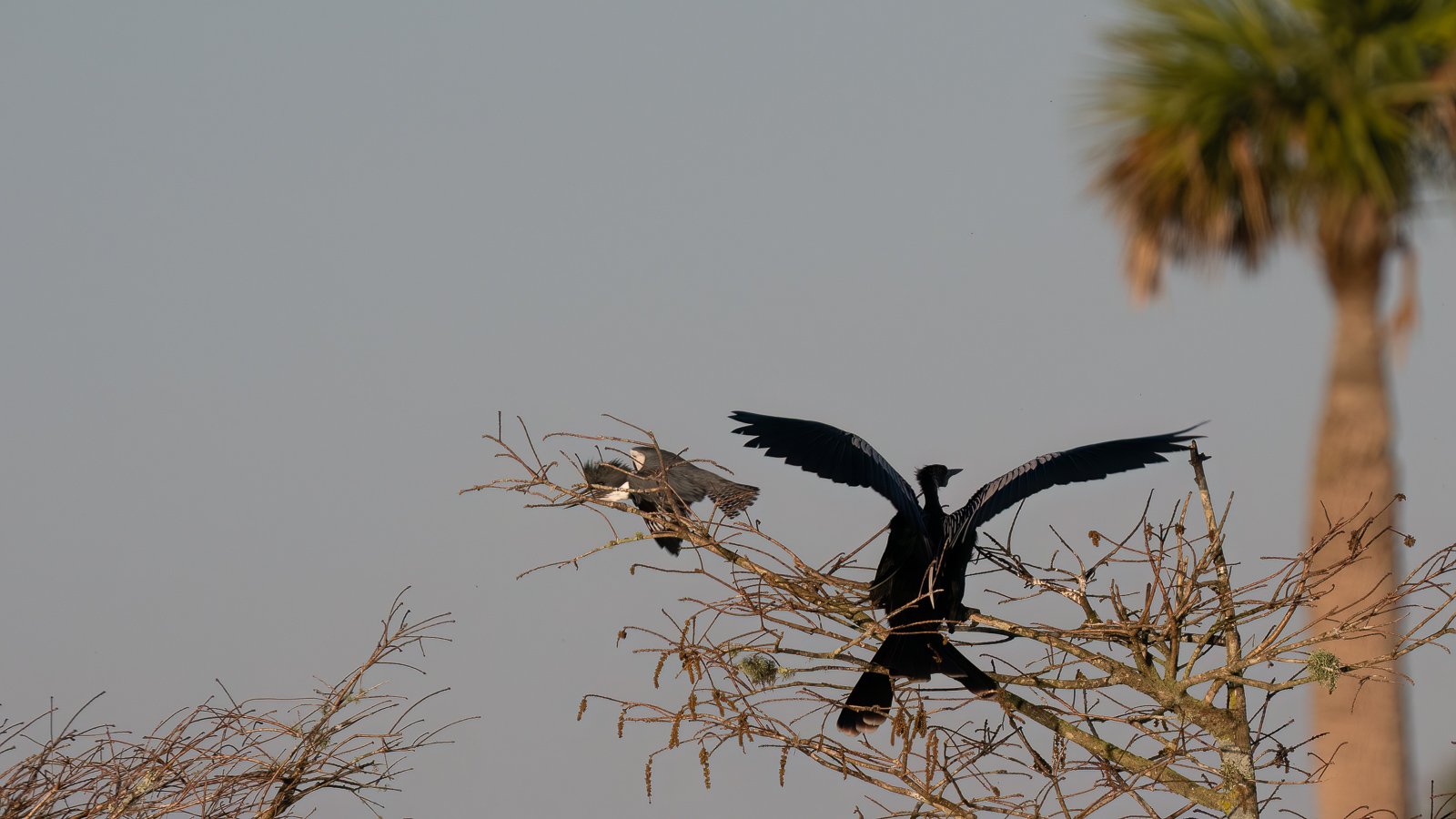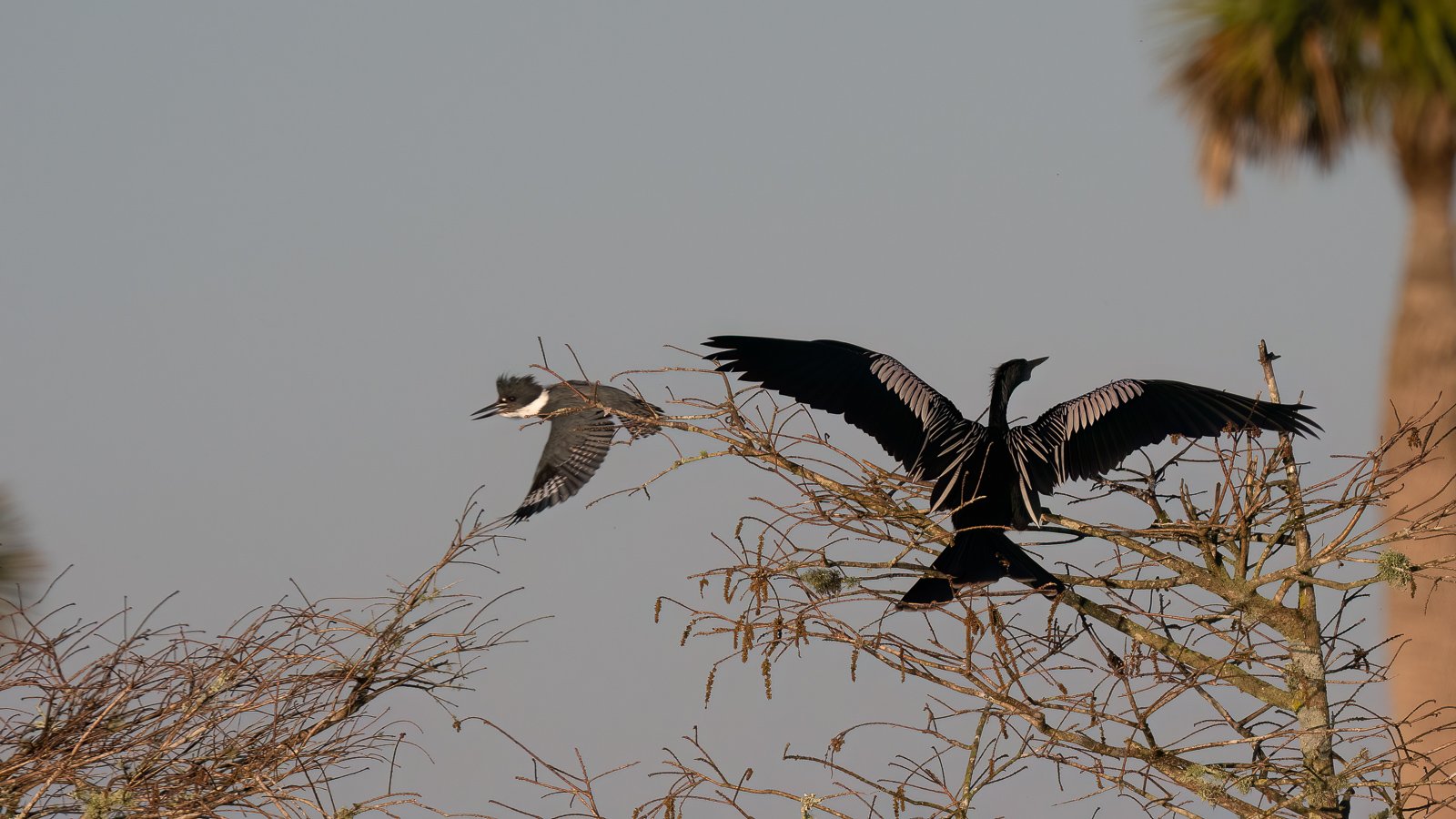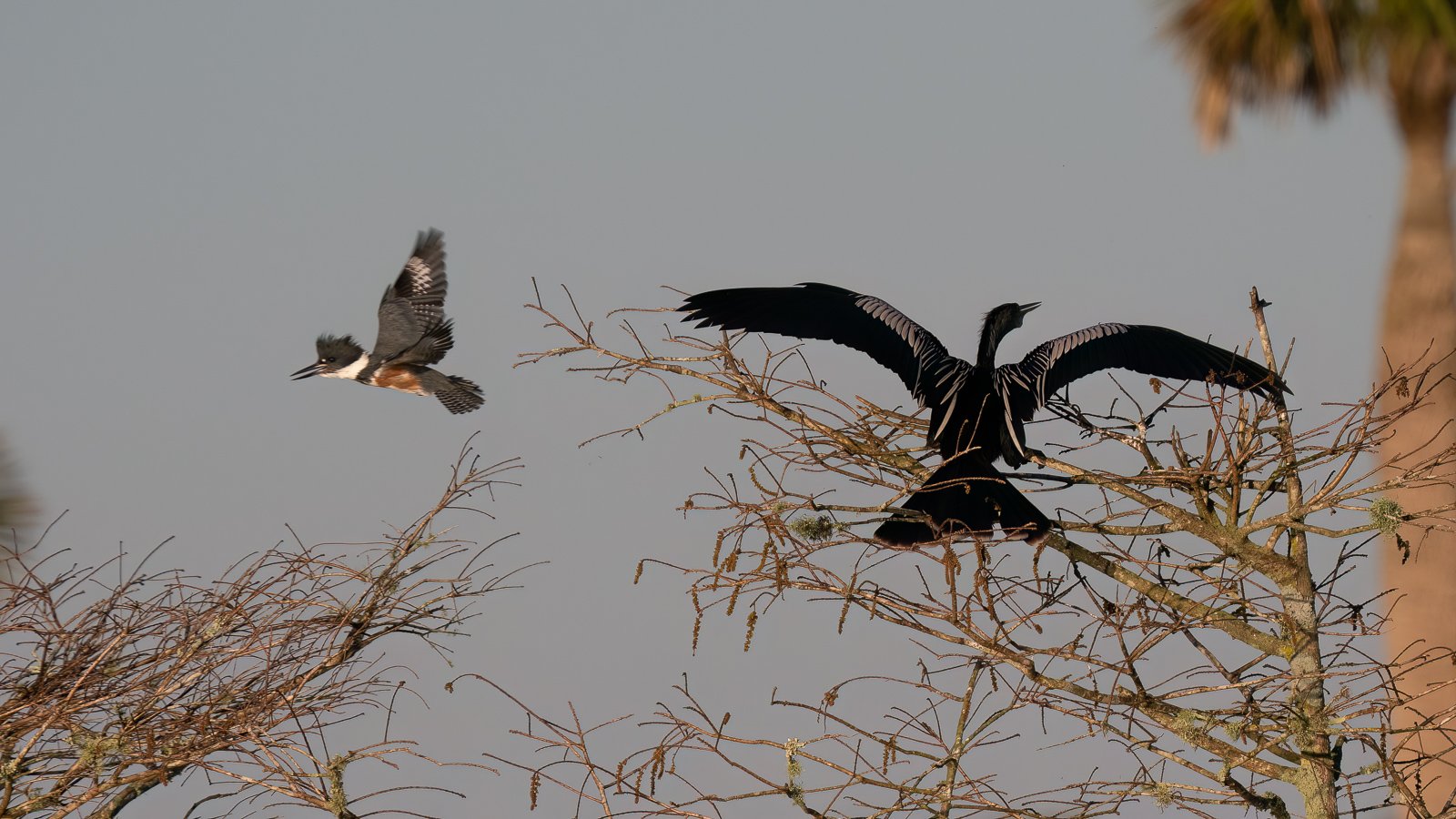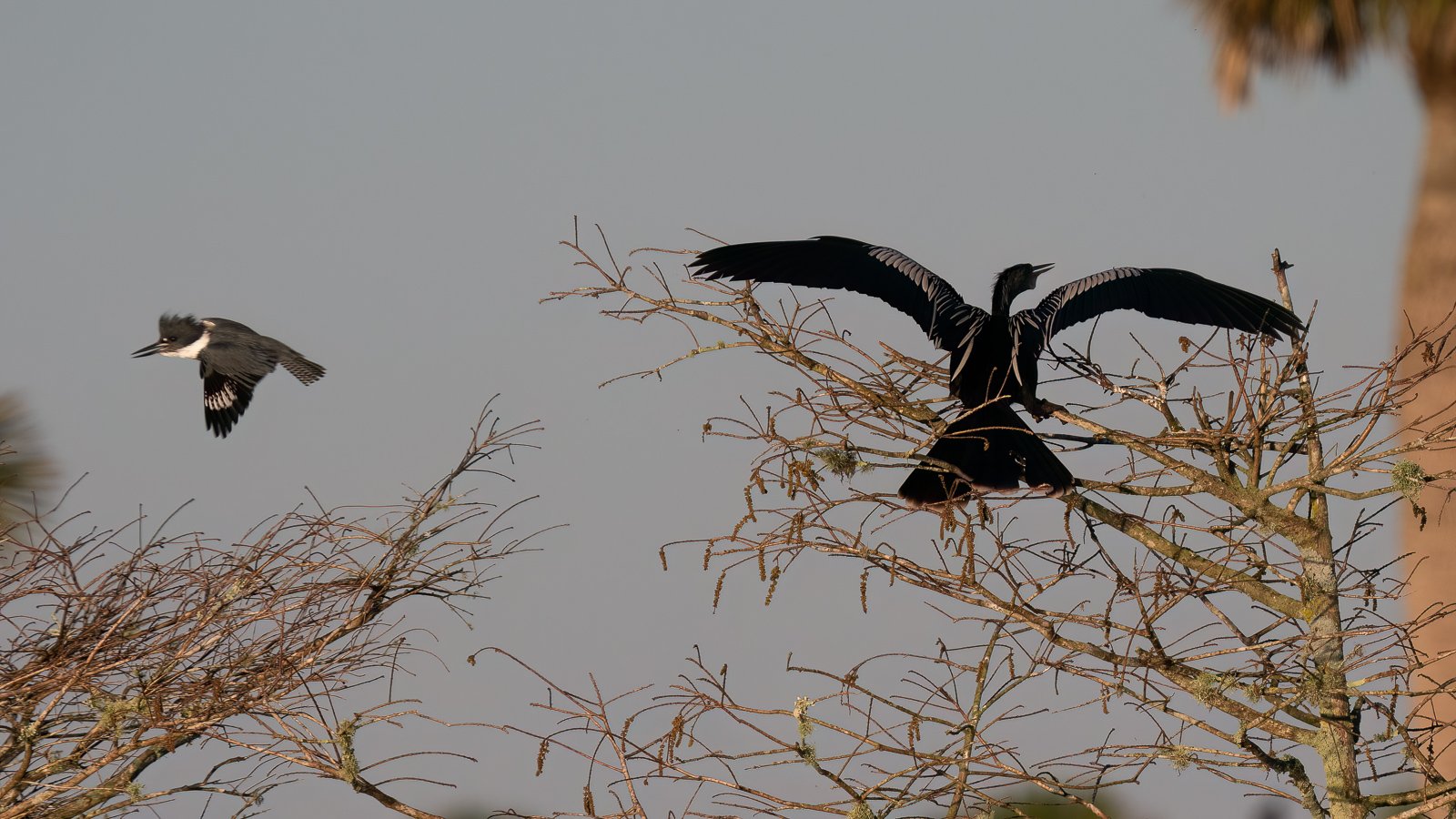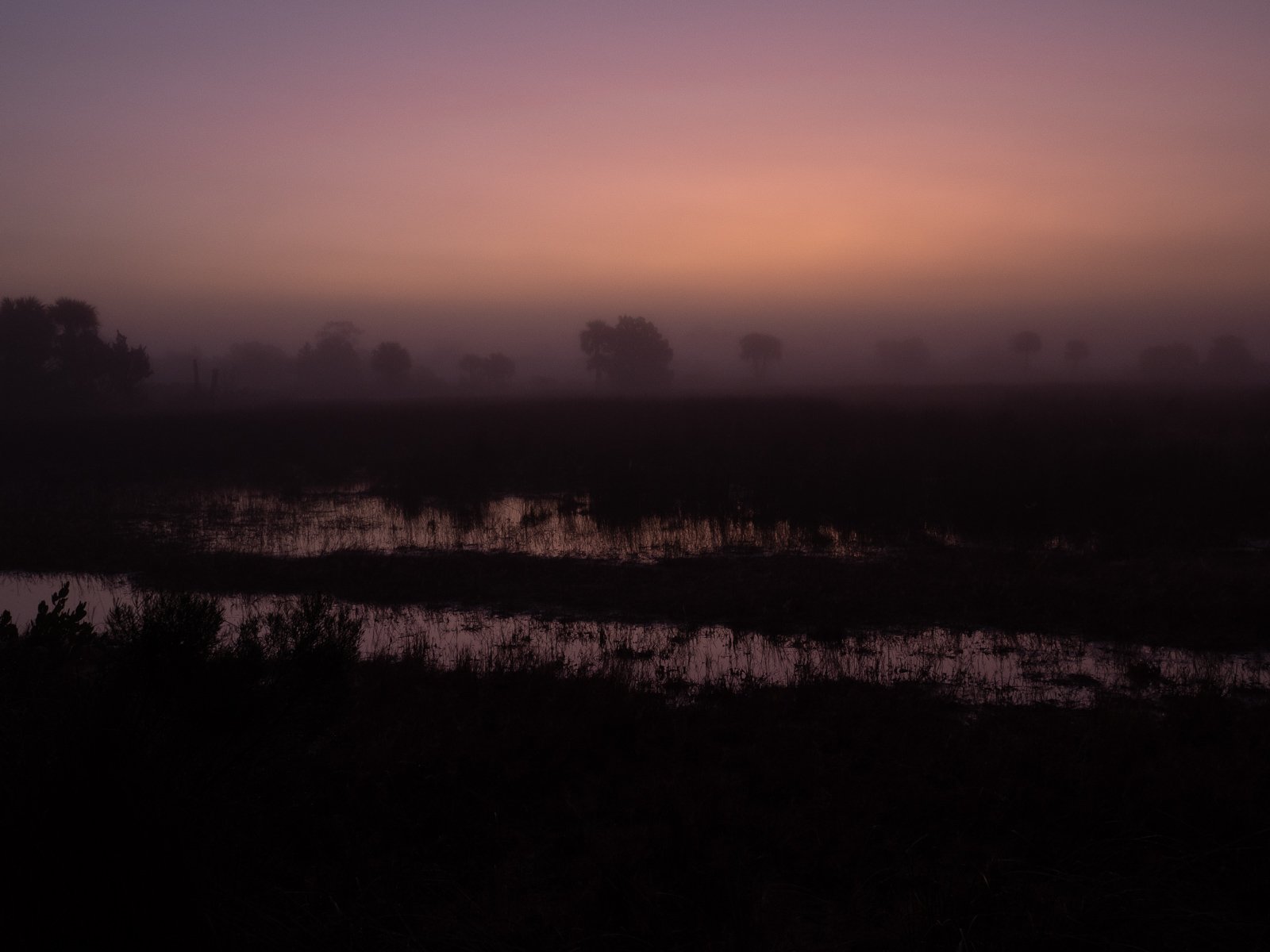Preen - The Merriam-Webster Word of the Day - August 8, 2023
/Preen
White morph Reddish Egret - Rollover Pass, Bolivar Peninsula, Texas - 09/24/2003
The full image is shown below.
Merriam-Webster Word of the Day
: August 8, 2023
preen
verb PREEN
What It Means
To preen is to make ones's appearance neat and tidy or to behave or speak with obvious pride or self-satisfaction. In ornithology, preen means "to groom with the bill."
// She stood preening herself in front of the mirror.
// The award-winners were preening backstage.
PREEN in Context
"One day, I crossed the Nakdong River on foot, over a bridge connecting the neighborhood of Hadan to Eulsuk Island. That area, where the river meets the ocean, had been the site of the Nakdong Bulge, part of a monthlong battle in 1950. It is now an estuary for migrating birds, and I thrilled at seeing a great egret preen on a glittering field of water." — E. Tammy Kim, The New Yorker, 6 Jan. 2023
Did You Know?
Preen hatched in 14th-century Middle English, and early on it displayed various spelling forms, including prenen, prayne, prene, and preyne. The word traces to the Anglo-French puroindre, or proindre, linking pur-, meaning "thoroughly," with uindre, oindre, meaning "to anoint or rub." One of the first writers known to apply preen to the human act of primping was Geoffrey Chaucer in The Canterbury Tales: "He preens himself and prunes and combs his curls / To take the fancy of this queen of girls." Centuries later (sometime during the late 19th century), the prideful meaning of preen took flight, joining bird-related verbs plume, which was being used with the meaning "to pride or congratulate (oneself)," and peacock, a word still used today to mean "to show off."
This link contains more interesting information.

























